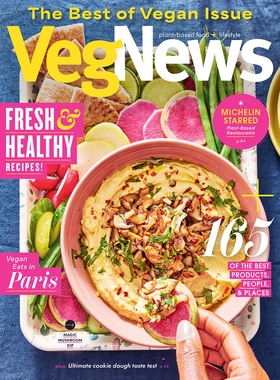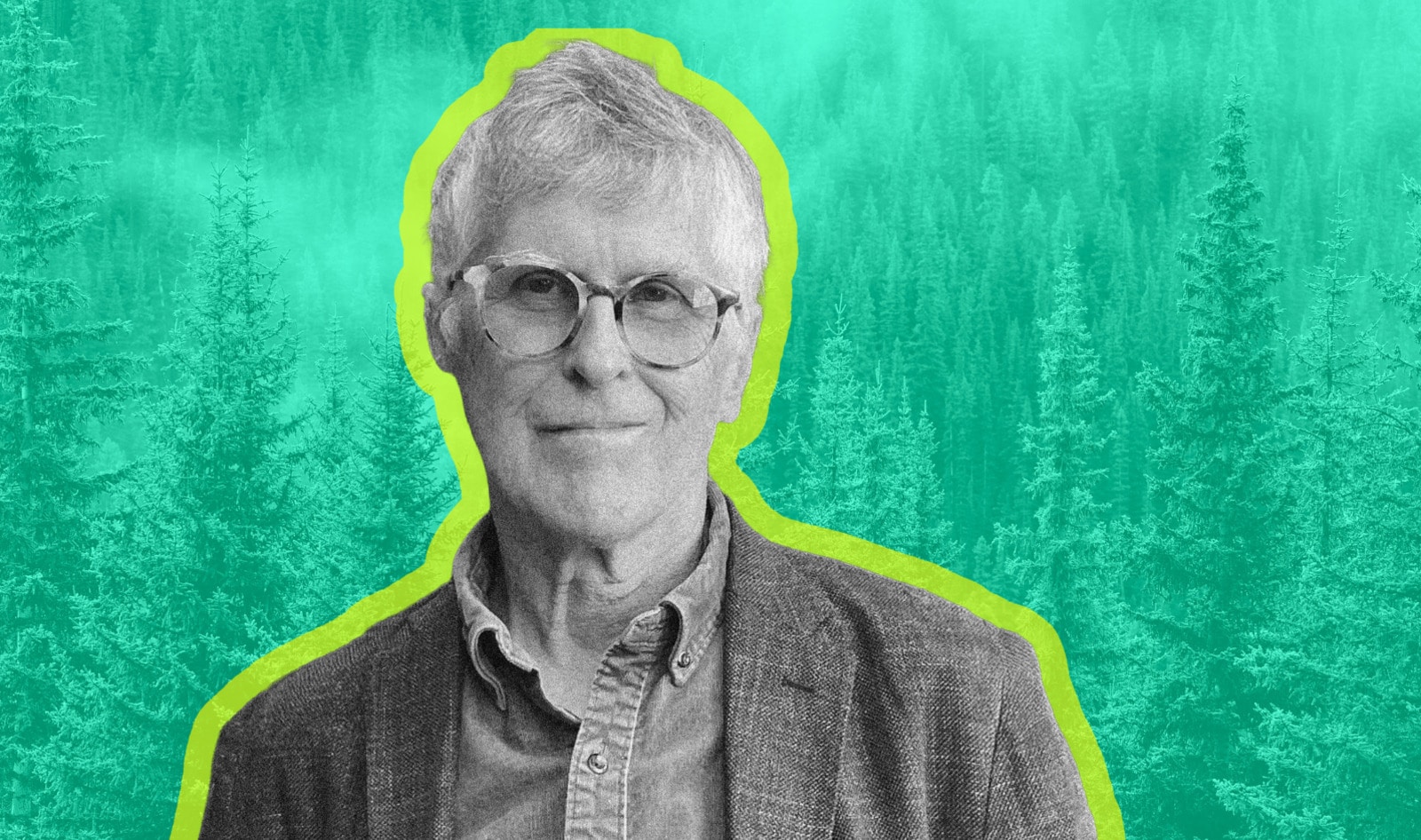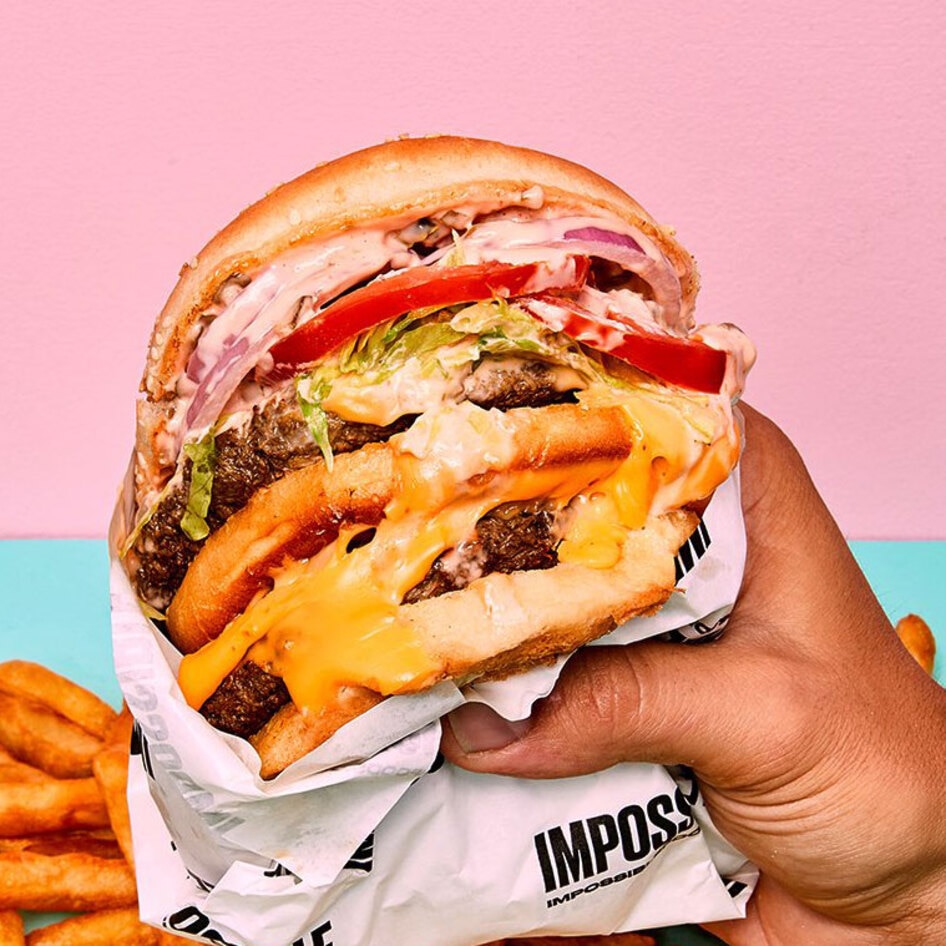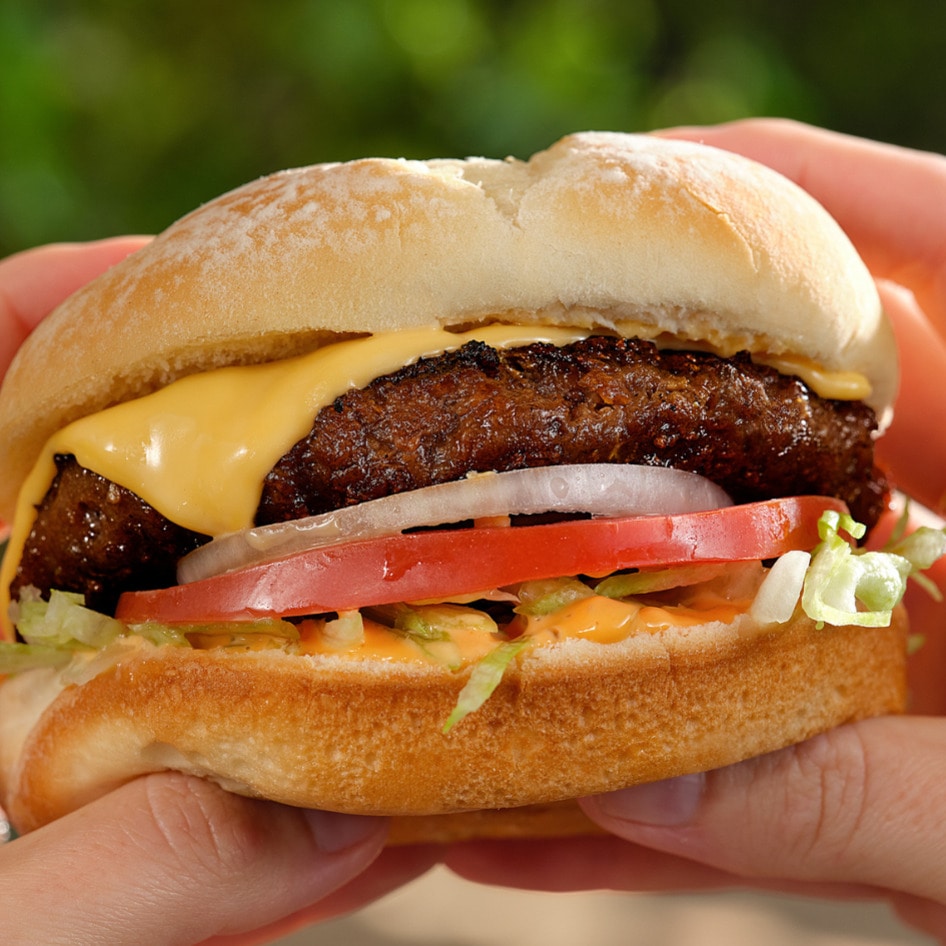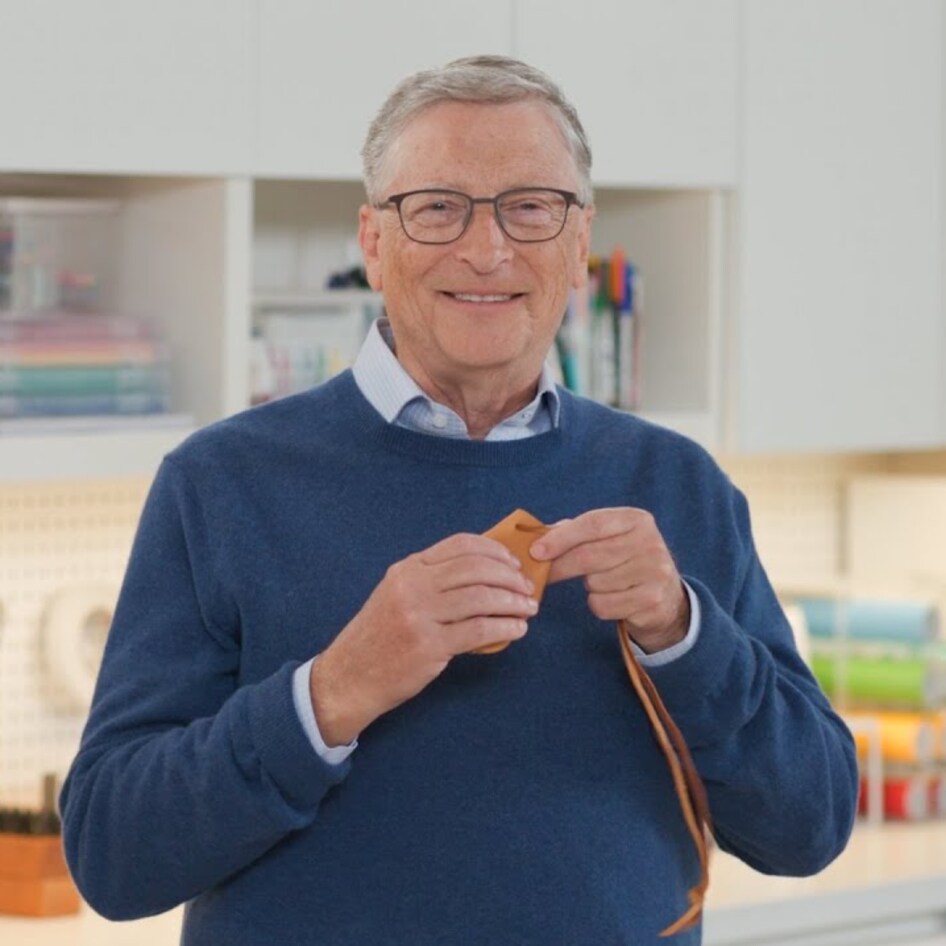Pat Brown has spent his career transforming the impossible into the achievable. A former Stanford biochemist renowned for his research on AIDS and other pressing global health issues, Brown left academia to address what he views as the most urgent crisis of our time: the environmental devastation caused by animal agriculture.
Laser-focused on innovation, Brown has made it his life’s mission to disrupt the food industry and reimagine how we nourish ourselves. His work as the founder of Impossible Foods has not only revolutionized plant-based eating, but sparked widespread conversation about the future of food and its role in combating climate change. Now, with his latest venture—a documentary titled Wild Hope: Mission Impossible—Brown is doubling down on his efforts to restore ecosystems, reduce carbon emissions, and inspire a movement to reclaim land for nature.
In this exclusive interview, Brown discusses the science behind his bold vision, the groundbreaking experiments taking place on his new Arkansas ranch, and why replacing animals in the food system is key to humanity’s survival.
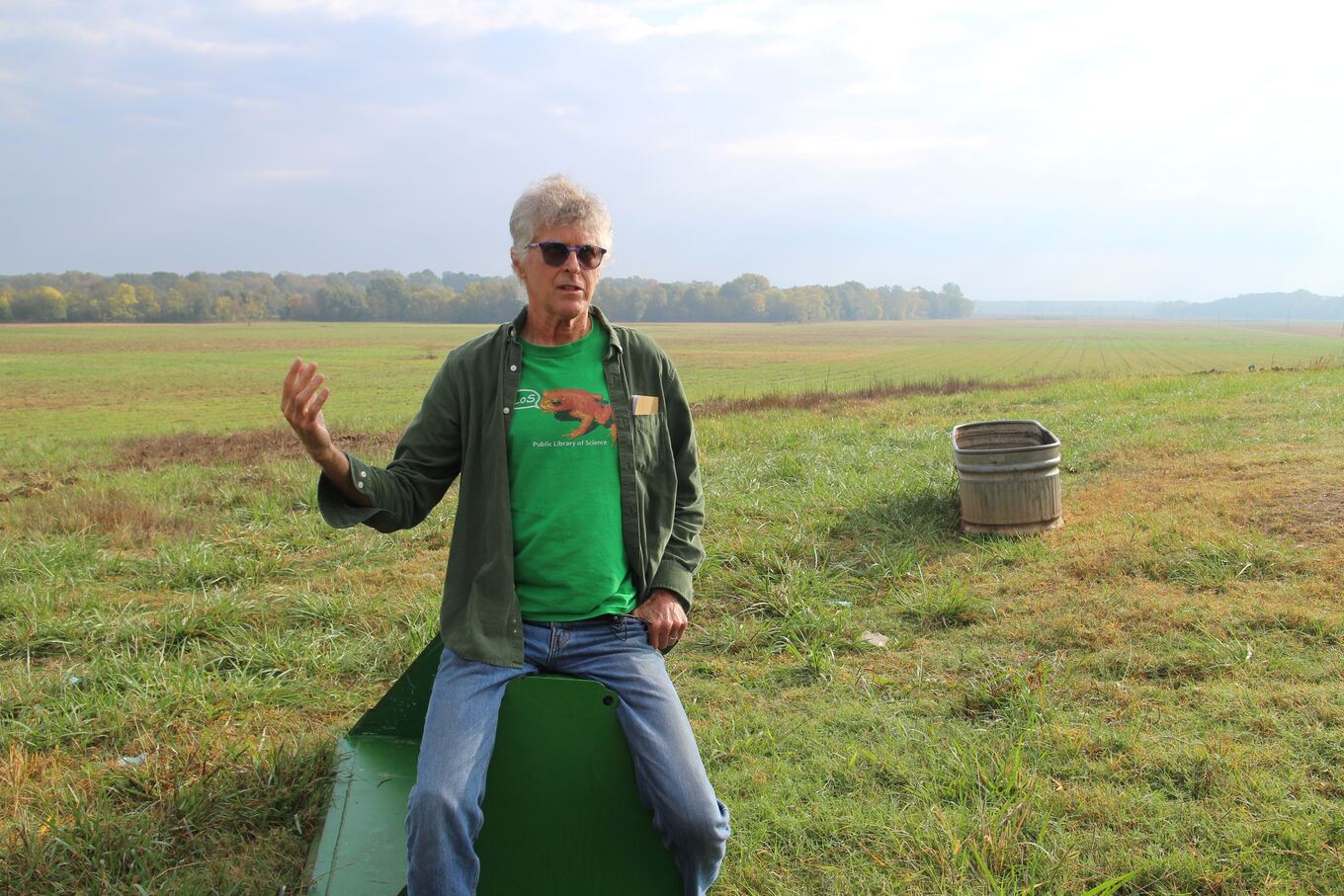 HHMI Tangled Bank Studios
HHMI Tangled Bank Studios
JASMIN SINGER: What inspired you to transition from academia to addressing climate change through food innovation?
PAT BROWN: I loved my job at Stanford—it was my dream job. I got paid to follow my curiosity and invent things to make the world better. But I started educating myself about global environmental issues and realized the two greatest threats to humanity are climate change and the collapse of ecosystems and biodiversity—both caused by our use of animals. Animal agriculture takes up 45 percent of Earth’s ice-free surface, displacing healthy, biodiverse ecosystems. In the oceans, it’s overfishing. Phasing out animal agriculture could actually unlock negative emissions that would have the power to offset more than two-thirds of projected CO2 emissions this century. Once I realized that, I felt I had to do something.
JS: Could you elaborate on how replacing animals in food systems addresses this crisis?
PB: Biodiversity loss is overwhelmingly driven by the land use of animal agriculture. That land that was once used to support diverse ecosystems is now used as grazing land or to grow feed crops. We’re seeing catastrophic consequences—populations of mammals, birds, reptiles, amphibians, and fish have dropped to less than a third of what they were 50 years ago. Phasing out animal agriculture can reverse these losses by restoring ecosystems. This isn’t just about food; it’s about the survival of humanity.
JS: Why focus on replacing animal-based food rather than advocating for dietary changes or legislation?
PB: You’re not going to solve the problem by persuading people to change their diets or legislating what they eat.
The issue isn’t that people love meat; it’s the destructive technology we use to produce it. It’s like how we moved beyond using horses for transportation or carrier pigeons for communication. We need to offer better technology for producing delicious, satisfying food.
The challenge wasn’t matching the nutritional value of animal products—that’s easy. It was about replicating their sensory experience: taste, texture, aroma. By applying biochemistry, we realized we could create plant-based foods that not only matched but outperformed animal products in deliciousness and environmental impact.
JS: And speaking of biochemistry and food, heme has been a defining ingredient in Impossible Foods’ success. Can you explain its role and address misconceptions about its safety?
PB: Heme was a critical discovery because it’s one of nature’s best catalysts. It drives the chemical reactions that create the explosion of flavors and aromas when meat is cooked. Using heme and basic biomolecules like amino acids and fatty acids, we could reproduce the sensory experience of meat. As for safety, more than 90 percent of the world’s cheese is made with genetically engineered rennet. Our heme protein is produced in the same way—using genetically engineered fungi. Organizations worldwide, including the FDA and the European Food Safety Authority, have reviewed it and concluded it’s safe. The skepticism often comes from industries trying to create confusion, much like what tobacco and fossil fuel companies did.
JS: Your new documentary, Wild Hope: Mission Impossible, showcases your work converting cattle ranches into carbon-sequestering forests. What do you hope it achieves?
PB: Yes, the documentary showcases the Carbon Ranch project, where we’re experimenting with ways to restore land to self-sustaining ecosystems. I hope it inspires people to see the potential in reversing environmental damage, not just slowing it down. It’s also about creating hope—showing that we can make meaningful changes at scale.
JS: And what motivated this initiative?
PB: Eliminating the demand for animal agriculture is essential, but it’s only part of the solution. The opportunity created by freeing up 45 percent of Earth’s land is massive. Restoring healthy ecosystems on that land can halt biodiversity collapse and capture the 800 gigatons of carbon released by clearing it in the first place.
Unlike fossil fuel emissions, these land-use emissions are reversible—plants can pull the CO2 back.
However, there’s no clear roadmap for how to restore this land effectively. So we’re conducting experiments on a thousand-acre former cattle ranch in Arkansas, testing different approaches to ecosystem restoration and carbon capture. This work will help us determine the best strategies to maximize biodiversity and carbon sequestration.
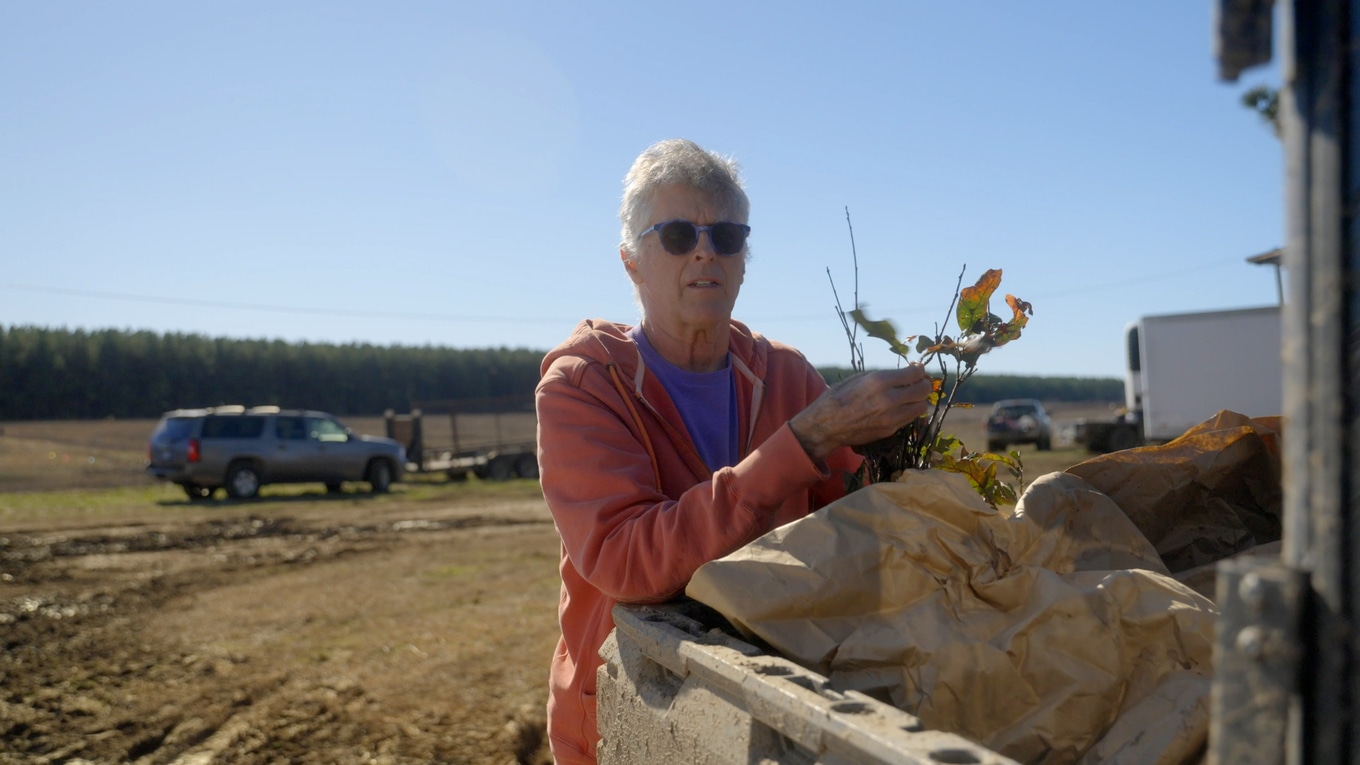 HHMI Tangled Bank Studios
HHMI Tangled Bank Studios
JS: The plant-based market has seen growth in areas like chicken, but slumps in beef alternatives. What’s your perspective on the future of innovation in this space?
PB: The food industry has been a wasteland of innovation, which is a huge opportunity. The basic foods and crops we eat haven’t fundamentally changed in a thousand years. Meanwhile, other sectors have seen more innovation in the past decade than food has in centuries. There’s so much room for improvement—not just in replacing animals in the food system but also in enhancing food security and sustainability. The key to success is creating products that outcompete animal-based ones in taste, price, and convenience. Once we do that, the transition is inevitable.
JS: Impossible Foods has embraced flexitarian-friendly marketing. How do you balance this approach with staying true to your mission?
PB: Our goal is to serve the meat-eating consumer. Most vegans and vegetarians adopt their diets for ethical reasons, which is a personal choice. But for the majority, changing eating habits isn’t about ethics. That’s why we focus on creating plant-based products that people want because they’re simply better. It’s not about imposing ethics—it’s about meeting people where they are.
JS: What advice would you give to young innovators looking to make a difference in food systems?
PB: The opportunity to replace animals as a food technology is massive and still wide open. The food industry’s lack of innovation means there’s enormous potential to improve sustainability, security, and even the fundamental foods we eat. Don’t approach it with the goal of making a quick buck. Focus on solving problems that improve lives and create a better future. If you do that, you’ll find success—and meaning—in your work.
For more vegan interviews like this, read:
JUMP TO ... Latest News | Recipes | Guides | Health | Subscribe
